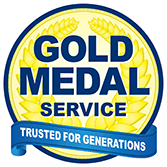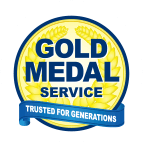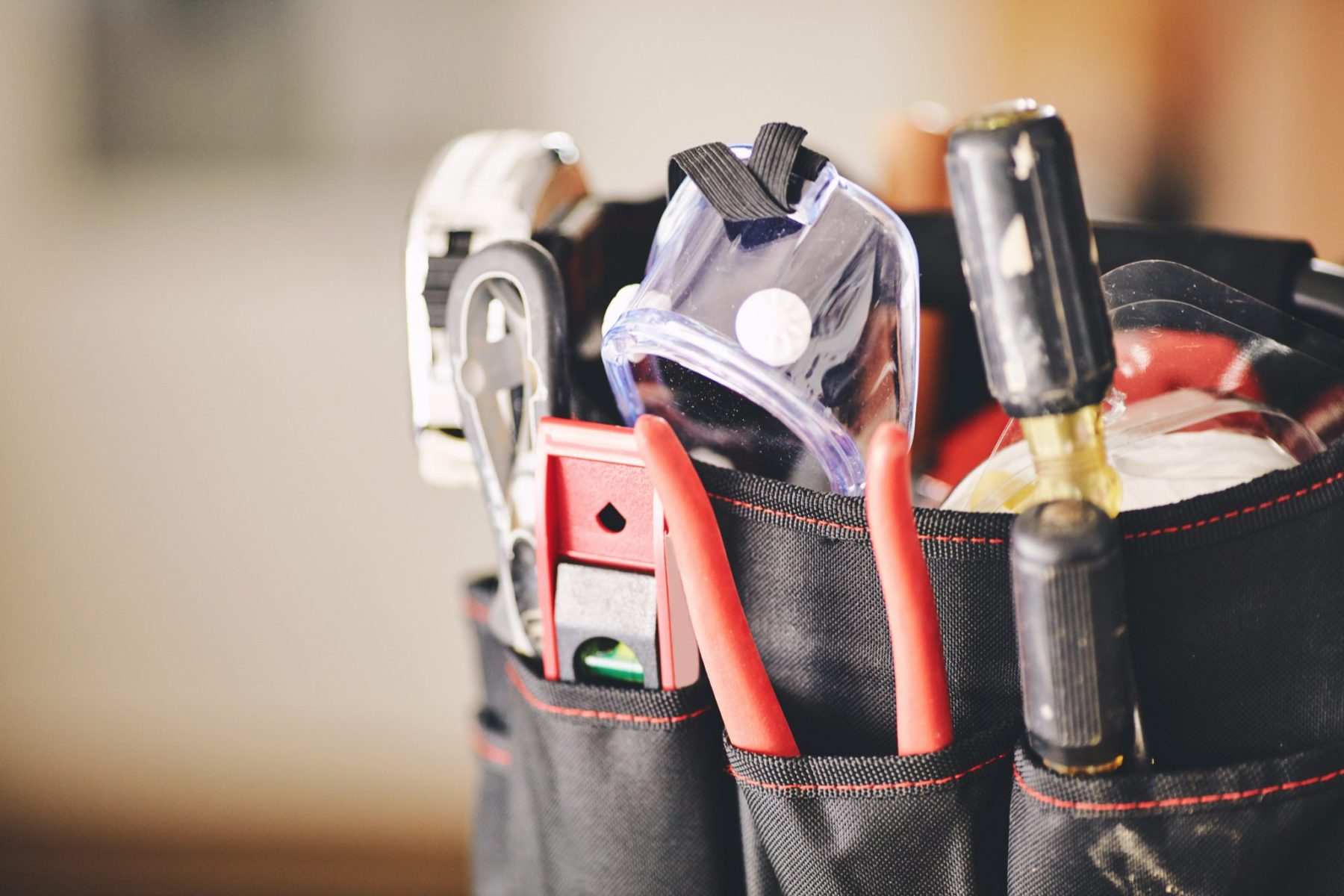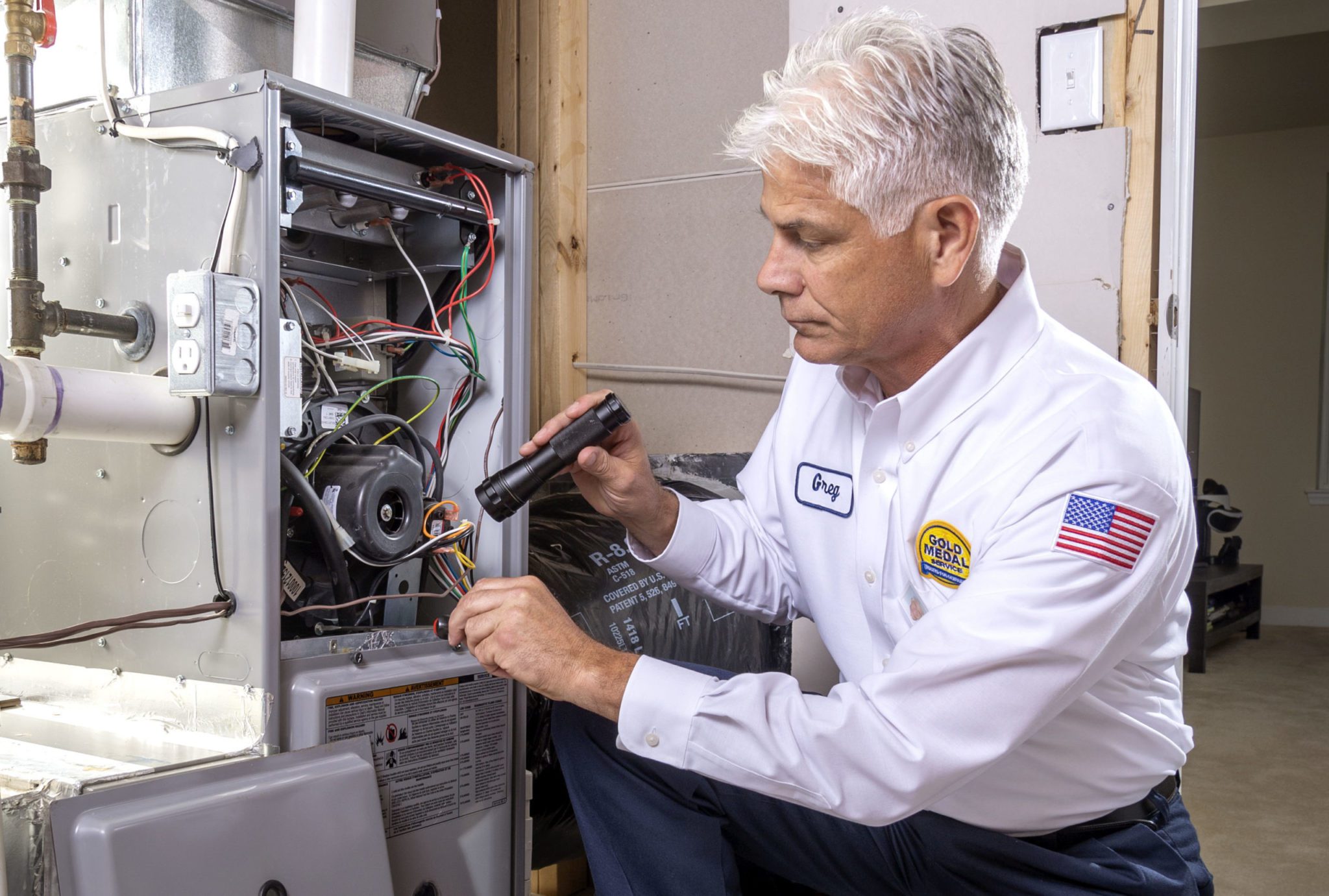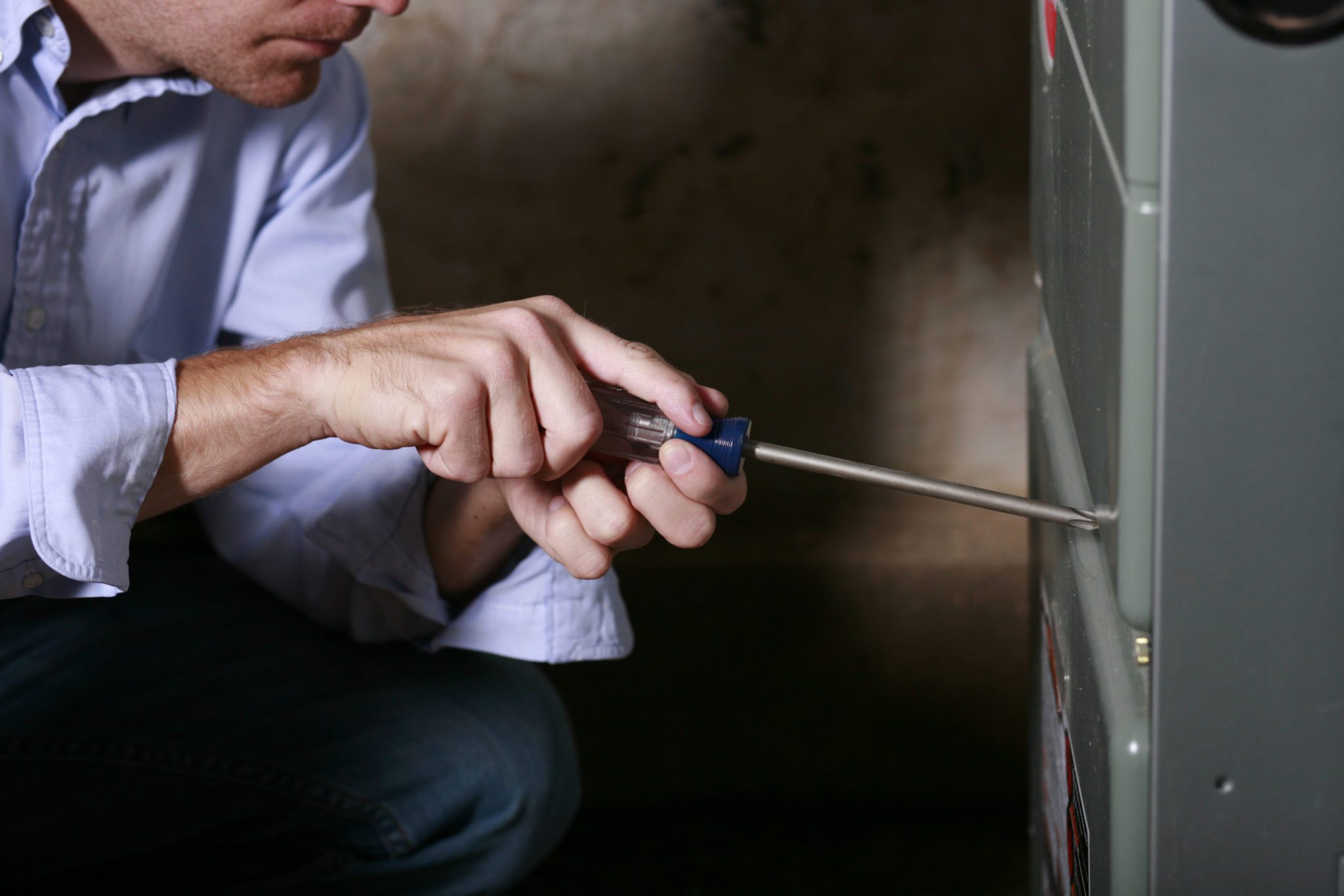HEATING SYSTEM TUNE-UP IN new jersey
Understanding the Importance of Heater Maintenance
If you have recently purchased a new heating system, you may want to have it maintained regularly to extend its lifespan. Similar to your car or any other mechanical equipment, a heating system tune-up is important to keep the unit at optimal performance.
Gold Medal Service strongly recommends that you schedule an annual heating system tune-up before the temperature outside dramatically drops or around the fall season. It is expected that your heating system will be working overtime come the winter months, and you wouldn’t want it to fail on you when you need it the most.
Below are some of the heating systems we maintain:
7 Important Steps of a Furnace Tune-Up
Maintaining your heating system takes more examination than you know. It goes far beyond cleaning your system. You must also inspect it carefully for potential damages, remove rust from the burners, thoroughly sanitize the orifice, and more. Certain procedures must be performed during each furnace system tune-up to ensure optimal performance. Let’s take a look at seven important steps of a heating system tune-up.
- Inspect the Condensate Lines
To remove debris from your condensate lines, remove or blow out the P-trap and pressure tubes. Condensate lines are one of the most common issues of furnace malfunctions. If condensate lines operate for a long period of time, this can cause the pressure switch to the lockout, which can be frustrating for homeowners.
- Investigate the Temperature in the Supply & Return Plenums
Take a look at the temperature in the supply and return plenums. The supply air plenum temperature should be 60F hotter than the return air temperature for induced-draft furnaces. If you have a natural-draft furnace, this temperature should be 75F.
Regarding the flue temperature, this should be 170F hotter in comparison to the supply air plenum temperature. On a 90% condensing furnace, however, it should be greater or equal to the supply air plenum temperature.
- Check the Flame Sensor
Secure your multimeter in a series with the flame sensor and the sensor wire. Then turn the furnace on to ignite the heating cycle. Take a look at the sensor; this should read 1.5 to 4 uA. Check your system’s manual, however.
Some manufacturer’s control systems only require a 0.5uA. If your sensor test reads less than 1 uA, or 0.5 uA depending on the system, you’ll start to notice minor problems with your system until it eventually fails. We offer dependable flame sensor inspection and furnace tune-up services to households in areas such as New York and New Jersey.
- Clean the Gas Burners
Misaligned or contaminated burners are one of the top failures that occur with furnace systems. To avoid this, make sure your burners are clear of debris. Debris can hinder your gas flow and will cause your system to overwork itself.
- Analyze the System Static Pressure
To begin this process, you must first detect if you’re working on a variable speed motor or a non-variable speed motor.
If you have a non-variable speed motor, your system will have a maximum design total external static pressure (ESP) of 0.50-in wc. On the other hand, a variable-speed motor will have a maximum design ESP of 0.80-in wc.
If you have an 80% induced-draft furnace, you want 130 cfm of supply air per 10,000 Btu. On the other hand, for a 90% furnace, you need 150 cfm of supply air per 10,000 Btu. To set the appropriate cfm, please refer to a fan chart. This helps you better-set gas pressure and heat exchanger temperatures.
- Inspect the Gas Pressure
To effectively measure the gas pressure, clock the meter to ensure that the orifice is the appropriate size. From there, you can set the correct gas pressure.
Furnace manufacturers commonly provide an installation manual for natural gas. This usually ranges anywhere from 3.2 to 3.8-in. Of course, to properly ensure your gas pressure is inspected to the best degree, we recommend contacting an HVAC professional.
- Perform an Audit of the Heat Exchanger
When it comes to a furnace tune-up, a visual inspection should always be done. This, however, requires a significant amount of patience and training. That’s why you’ll need a professional HVAC technician to carefully inspect your system.
With the proper tools including a dye penetration system and inspection cameras, a professional technician will evaluate the metal fluke for holes or rust, and overall, make sure each system component is properly supported.
Types of Furnaces
There are different types of furnaces to choose from: a single-stage, dual-stage, and variable-speed furnace. Let’s take a look at the different furnace types, and the advantages and disadvantages of each.
- Single-Stage Furnaces
Beginning with the single-stage furnace. The single-stage furnace has two settings: on and offers. This means that your furnace either runs at full capacity or not at all. Because of this, single-stage furnaces are not as energy-efficient, but in turn, will cost significantly less upfront.
As far as your monthly energy bill, it will either remain a consistent cost or continue to climb higher due to its low efficiency. In addition, these furnaces are not very eco-friendly and will most likely create cold and hot spots throughout your home. It can also be a quite noisy system.
- Dual-Stage Furnaces
With a dual-stage furnace system, you typically have an “on” switch, followed by a low and high setting. This means that you’re able to operate your system on a low setting, and can move it to a higher setting as the weather becomes colder.
In contrast to the single-stage, a dual-stage furnace will bring more heating consistency to your home and adapts better to the changing of the weather. We offer dual-stage furnace and heating system tune-up services to homes in areas such as Middletown, Trenton, Haverford, Newark, and Upper Darby. We will help you choose a dual-stage furnace that is designed to help you save money on your energy bills.
- Variable Speed Furnace
Also known as a multi-speed furnace, a variable speed furnace manages the temperature of your home and will adapt the speed of the blower motor in tiny increments. This leads to more consistent and effective heating, especially for homes with a lot of rooms.
As the highest-efficiency system out of the three, a variable speed furnace does not have to run at full capacity to get to your desired temperature. In addition, these type furnaces are also significantly quieter than the dual-stage and single-stage systems. Although the upfront cost for this system is higher, the energy bill is more consistent.
What You Can Expect from Our Heating System Tune-Up
Some services you can expect from our heating system maintenance include:
- Inspecting every part and machinery of the system
- Making sure all working parts are complete and functioning
- Replacing the filter
- Cleaning and adjusting any loose parts
- Testing the unit’s safety controls
- Checking for leaks or other minor problems
Whether your heating system is new or has been with you for years, our team can get started on your regular maintenance. We can even schedule the next one right away so you don’t forget or worry about it in the future.
Decades of Experience Providing Quality Heater Tune-Ups
At Gold Medal Service, we offer comprehensive heating system tune-ups in New Jersey. From thoroughly inspecting the equipment to ensuring all parts are working as it should, we are here to help prevent any system breakdown as well as reduce your energy bills.
With over 24 years of experience working on a wide range of heating systems of all makes and models, Gold Medal Service is the right team for the job. Located in East Brunswick, we serve the entire state of New Jersey.
Updates to the Regional HVAC Equipment Efficiency and Testing Standards
Gold Medal Service is ready to help! Call 1-732-638-4317 to learn more about all of our AC, Heating, Plumbing & Electrical services!
